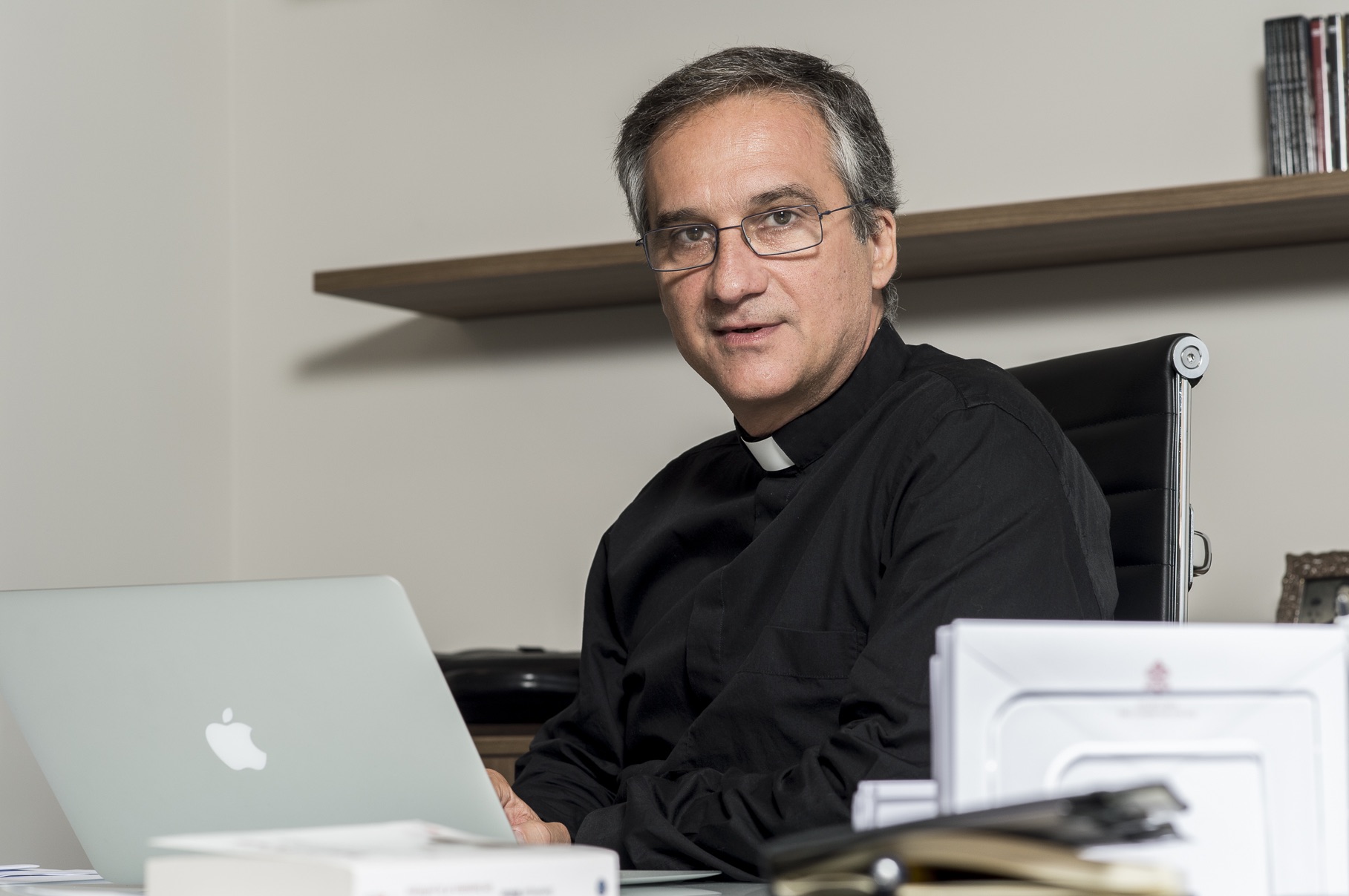
On March 16, we reported that the Pope’s media chief had photoshopped documents that changed the intentions and purpose of words from former Pope Benedict. With Pope Francis under regular criticism for deviating from historic Romanist teaching on divorce, remarriage and human sexuality, it has been the goal of the current Vatican administration to find support for him wherever they can find it. The controversy began with Francis’ Amoris Laetitia, which provided a significant departure from previous church teaching on these issues. The Pope’s Secretariat for Communications asked Benedict to chime in (ostensibly, in defense of Francis) on the subject, forwarding to Benedict statements from Francis on these issues. Benedict returned correspondence, saying that he didn’t have time to wade into the controversy or research Francis’ views or statements, but agreed that it was good to address the criticism.
However, when the Secretariat for Communications for the Vatican released Benedict’s letter, he photoshopped out the statement from Benedict in which the former Pope refused to research Francis’ words and give a definitive statement, only citing his approval of Francis addressing the criticism. In a clear case of “fake news,” the lack of integrity from the Vatican was apparent, given that Francis (like many Marxists and fascists who have made a concerted, global effort to tighten restrictions on alternative media) recently discussed the sin and perils of fake news.
We wrote:
The problem is, the Associated Press discovered that the Vatican had “doctored” the letter and photoshopped it, distorting its message and violates standards of journalism. The photoshopping significantly changes the letter’s intention and meeting and was not meant to absolve the current Pontiff of heresy by the opinion of Benedict. In the part of the letter made visible by the Vatican, Benedict wrote that a series of books defending Francis’ theology might “react to the foolish prejudice” against him. However, in the part blurred out by the Vatican, Benedict actually declines the invitation from the Secretariat for Communications to read the books, saying he didn’t have time. It was not, therefore, a unilateral defense of Francis, as the Vatican made it out to be; Benedict had not read the books and applauded the effort to defend Francis, but stopped short of saying whether or not the books achieved that end. Similarly, Benedict declined to give a theological assessment of Francis, recusing himself from the process altogether. This is the opposite of the Vatican’s #FakeNews reporting.
The Vatican has reluctantly admitted – to their shame – of doctoring and photoshopping the letter.
The Secretariat for Communications how now been dismissed from his position (he was allowed to resign rather than be fired, but Vatican officials claim off record he was asked to step down). Pope Francis accepted Monsignor Dario Vigano’s resignation over what’s been called “letter-gate.” The Associated Press explains, “Benedict’s full caveat about his refusal to comment on the volume was never made public in Vigano’s presentation, press release or accompanying photo. That omission left the impression that the 91-year-old retired pope had read the volume and fully endorsed it, when in fact he hadn’t.”
However, beneath the headlines, it’s been under-reported that Monsignor Vigano has not been dismissed from service, but has been shuffled to another similar (and not lesser) position in the Vatican, complete with commensurate pay and benefits. Reportedly, the Pope accepted his resignation “reluctantly,” but forces within the Vatican forced the move on the part of Vigano. In fact, an “ad hoc” position has been created specifically for Vigano, so that he can continue in his work. In other words, his resignation didn’t lead to his unemployment, and he will continue to head up communications for various departments within the Vatican.
We previously explained that the Vatican has been replete with forgeries and deceptions for many centuries, with the Greek world calling Rome “the Mother of Forgeries.” Much of what is reportedly early church history in the Romanist church has been fabricated by 9th-century forgers and by “the school of forgers” ran by Pope Gregory VII. Whenever a new, novel, superstitious or sacrilegious doctrine needed to be defended, Gregory’s school of forgers would produce – within a few days – doctored historical documents that affirmed the new doctrine. With this methodology in place, no matter what new doctrine (like the infallibility of the Pope) could be found somewhere in church documents to demonstrate the Papacy wasn’t making things up as they went along. Fortunately, the speed at which the enshrined school of forgers produced these documents created lots of clear evidence of their fraudulent manufacturing of history.
Some things never change.














